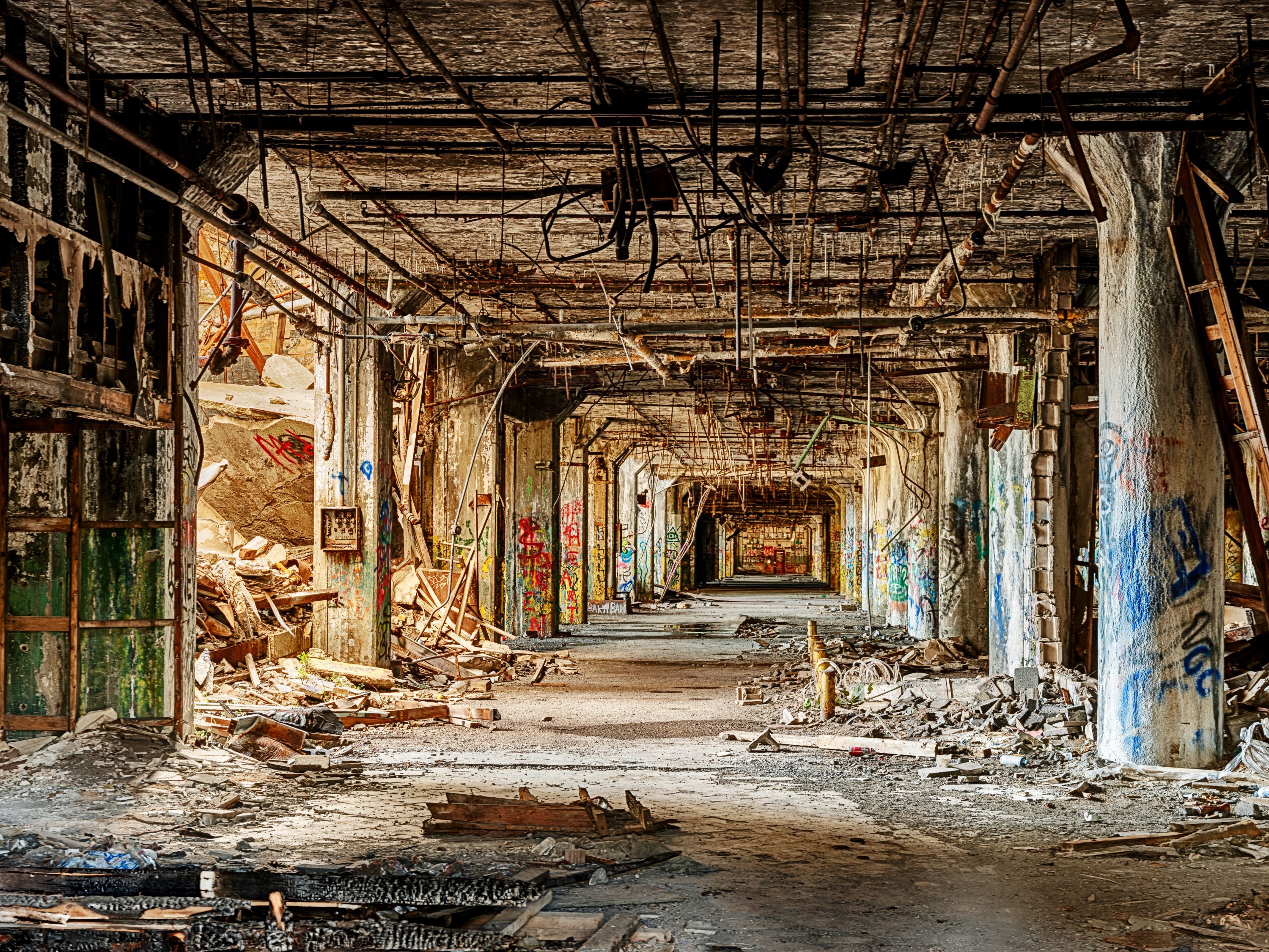The decline of steel, cars and coal has left deep scars on rust belt states across America, once-thriving manufacturing hubs that span the industrial Midwest and north-east. States like Michigan, Indiana, Illinois and Minnesota are now grappling with idling plants, layoffs and financial losses.
That has spurred efforts to transition former manufacturing hubs into vibrant knowledge economies. And universities have played pivotal roles in driving economic transformation in rust-belt regions, not just in the US but around the globe.
Examples abound, from Deakin University in Geelong, Australia, to the universities of Sheffield, Manchester and Leeds in Britain’s northern reaches. These universities have embarked on ambitious initiatives to diversify rust belt economies, foster innovation and equip left-behind communities with the skills needed for the knowledge-driven era.
Perhaps nowhere is this truer than in the US, the world’s largest economy. According to the Brookings Institution, a think-tank, rust belt universities create an outsized share of America’s research talent.
Despite comprising only 31 percent of the nation’s population, those states produce 33 percent of STEM graduates and 32 percent of higher-education degrees awarded overall. This underlines the rust belt’s important role in shaping America’s knowledge economy.
Moreover, the region’s universities serve as hubs of research and innovation, driving technological advancements and the commercialisation of academic thinking that help fuel economic growth.
A prime example is Carnegie Mellon University (CMU) in Pittsburgh, Pennsylvania. Pittsburgh is known as Steel City, but in recent years, it has seen a burst of activity in robotics, artificial intelligence, advanced manufacturing and climate technology. Powering that revolution is talent, and much of it comes out of CMU, with its world-renowned computer science and robotics programmes.
Through partnerships, CMU has helped to diversify the city’s economy and create new opportunities in high-tech areas. CMU’s Robotics Institute, founded in 1979, has attracted top talent and also research funding, leading to the development of cutting-edge technologies like autonomous vehicles and the creation of numerous spin-off companies.
CMU has spawned companies like RE2 Robotics, which creates robot-arms for safely dismantling explosives, as well as Bossa Nova, whose scanning-inventory robots are used across America including in Walmart stores.
These companies, in turn, have helped to revitalise the Pittsburgh economy and create high-paying jobs. “The transformation of the city by new, young people working in AI and robotics has been spectacular,” says Andrew Moore, former Dean of Computer Science at CMU.
What’s more, CMU has collaborated with local government and industry partners to establish institutes, such as the Advanced Robotics for Manufacturing Institute which now operates as an independent non-profit and is developing artificial intelligence, 3D printing and other emerging technologies.
Such academic efforts extend beyond the US. In Germany, collaborative initiatives between universities are translating cutting-edge research into real-world applications, creating new opportunities for economic development and job creation in former industrial heartlands.
The Ruhr Valley used to be a global powerhouse for coal and steel production. However, as the mining and manufacturing industries declined, the region faced economic and social challenges, such as unemployment and a loss of identity tied to its industrial heritage.
In response to these challenges, an ambitious effort led by three universities – Ruhr University Bochum, TU Dortmund University, and the University of Duisburg-Essen – has emerged, known as the Research Alliance Ruhr.
At its core is a substantial financial commitment of €75 million from the North Rhine-Westphalia government. This funding will fuel the establishment of four new interdisciplinary research centres focusing on key areas such as digitalisation and energy. Moreover, it will support the creation of 50 professorships and 500 research positions.
By leveraging the collective expertise of the three universities and tapping into their existing strengths, such as in materials science, the Research Alliance Ruhr seeks to drive regional development and innovation in Germany’s own rust belt.
By positioning the Ruhr Valley as a hub for cutting-edge research and innovation, the three universities want to attract investment, create jobs and stimulate economic growth. “We’re creating an attractive research environment that enables us to draw more top people from international science and research to the Ruhr area,” says Martin Paul, Rector at Ruhr University Bochum.
Manfred Bayer, President of TU Dortmund University, says: “Here we contribute our respective strengths, harness synergies and offer the freedom for cross-disciplinary scientific collaboration.”
This vision aligns with broader efforts to transition from a reliance on traditional industries to a knowledge-based economy, not just in the US and Germany but Australia too.
Down Under, universities are working with left-behind local communities to understand their needs and priorities, while fostering partnerships that promote inclusive economic development. By supporting small businesses and investing in community infrastructure, they are helping turn Australia’s own rust-belt regions into vibrant, sustainable communities.
A case in point is Deakin University, which has played a key role in the transformation of Geelong’s economy. Australia has suffered the decline of its iconic auto industry. And Geelong, a coastal city close to Melbourne, in Australia’s industrial back-country, has been in the thick of it. The traditionally blue-collar city has had to diversify its economy.
One significant driver of the change has been education and research, with Deakin University spearheading initiatives like the Geelong Future Economy Precinct. Situated on a sprawling 325-hectare site in Waurn Ponds, this area has become a hub of research and innovation, particularly in advanced manufacturing, renewable energy and technology. In the six years since its inception, the precinct has created 2,000 jobs through partnerships with advanced manufacturers.
Read the full article from QS Insights Magazine, Issue 17. 